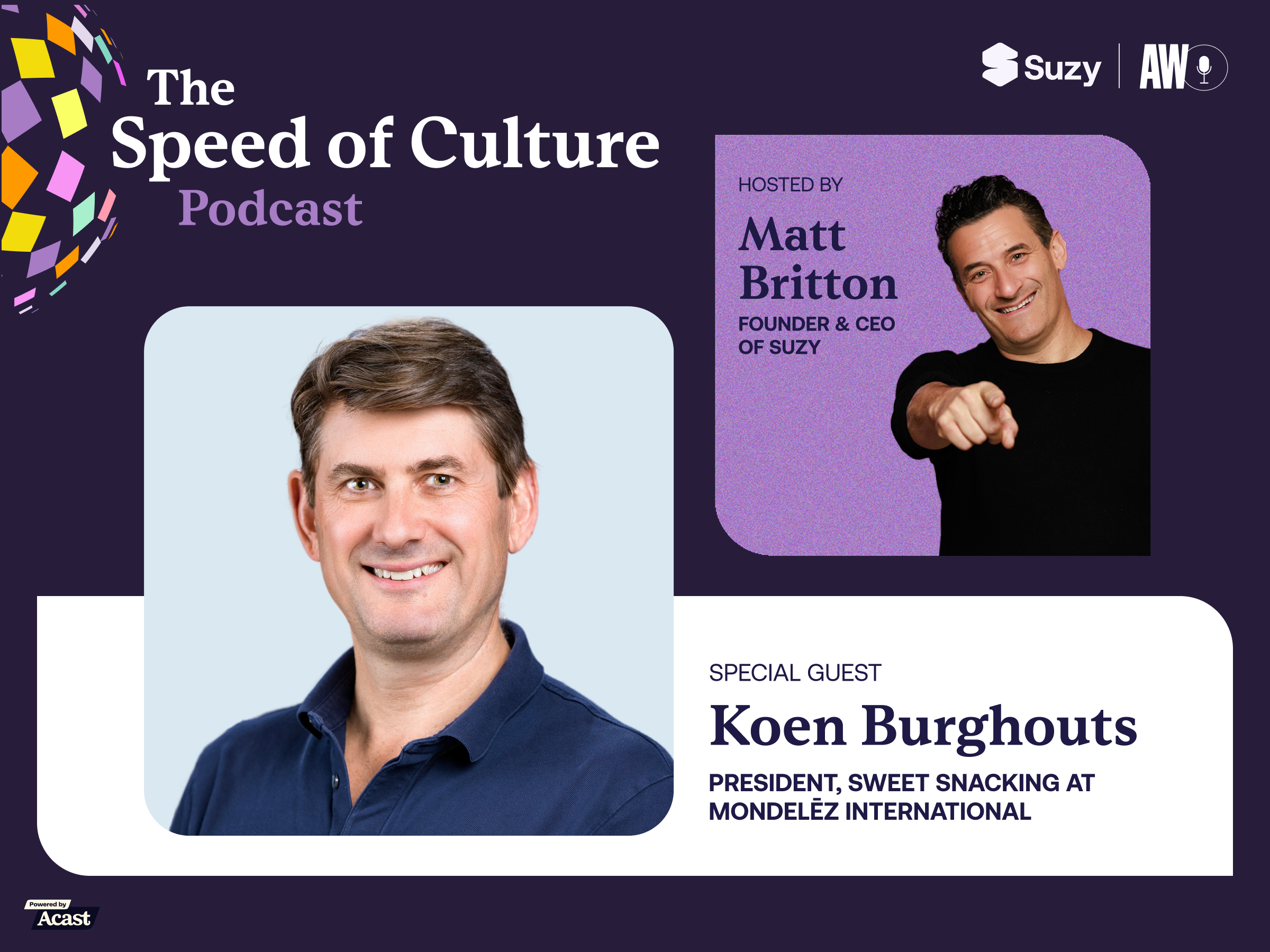When creating a product, forming marketing messaging and otherwise evaluating consumer-facing ideas, it’s important to understand who your customers are. But the likelihood is that your customers are not one big homogenous group. Each individual is unique, with their own distinct characteristics, behaviors and drivers. So then how does a brand even begin to understand an audience made up of many unique, diverse individuals? By doing a segmentation study and then conducting market research on each resulting segment.
Read on to learn about the basics of segmentation and how it can help you understand your audience and create more relevant products, messages, and ideas.
What is Segmentation?
Market segmentation means dividing your target market into groups called segments based on their demographics, behaviors, preferences, and needs.
Of course, every consumer is an individual, but people generally share needs, preferences, or behaviors with others like them. Grouping consumers into segments allows you to gather better insights for more accurate predictions.
For example, you may divide your target market into segments based on their age, gender, race, or nationality. Alternatively, you might base your segments on your consumers’ spending habits, social media usage, or political attitudes.
Segmentation allows businesses to narrow down their target addressable market to identify higher ability-to-win cohorts. Every segment will behave or respond differently to marketing, so you can use market segmentation to:
- Cater your products and services to each segment’s specific needs
- Target specific segments with unique, personalized messaging
- Gather actionable insights from specific segments with surveys
What are the segments based on?
With segmentation, you distinguish consumer groups from one another based on their characteristics, including demographic, behavioral, attitudinal, or psychographic attributes. Each segment has its own defining attributes, called segmentation bases.
- Demographic attributes include age, race, ethnicity, gender, education level, and income level. This type of information is easily obtainable data through questionnaires.
- Behavioral attributes refer to buying habits, usage rates, technology use, or interactions with your website, app, or physical stores. How often do they buy products in-person versus online? Which social media apps do they visit most often?
- Attitudinal attributes include perceptions and opinions related to the product category, brand(s), and context related to the business. Questions typically assess the level of importance or agreement with statements of relevance.
- Psychographic attributes include lifestyles, interests, values, opinions, and attitudes. How much do they value the political alignment of a brand? Do they choose products based on environmental friendliness or health benefits?
It’s generally easier to classify segments based on demographic and behavioral information than psychographic information. That’s because people find it much easier to answer simple questions about their identities, work or education experiences, or spending behaviors than about their honest opinions and attitudes.
However, attitudinal and psychographic information can often provide you with the most value in segmentation. Your consumers’ motivations and drivers can be a strong indicator of their profiles, so attitudinal and psychographic questions need to be carefully formulated to avoid bias or inaccuracy.
Who Should Do Segmentation?
Segmentation is an essential part of market research for companies to better understand what drives their product category drivers and be successful. Market segmentation can be a helpful decision-making tool across many teams, including insights, R&D, product, and marketing. Conducting and applying it wisely and in a timely manner can increase revenue and efficiency by helping teams create ideas, products, and messages that are more relevant to their customers.
When and How Often Should Segmentation Be Done?
Traditionally, many companies only perform market segmentation once every three to four years because doing so is often time-consuming, expensive, and difficult to get right. Given how fast retail, media and general behavioral patterns develop in the modern world, this means that segmentations can quickly become outdated.
We’ve also seen dramatic consumer changes recently with technological advancements, geographical movements, and more all happening at record speed, leading to shifts in attitudes, consumer behaviors, and preferences. And determinants from our technology to our political landscape are leading to drastic shifts in how we interact, consume media and shop, with seemingly new channels, outlets and interest groups spurring up every few months.
These changes affect how you segment your target market into meaningful groups. The way your market was segmented just a year ago may not be relevant today.
We recommend segments to be refreshed or updated when you start to see shifts in marketing effectiveness not attributable to other factors, and not waiting more than a year to update.
How to Use Segmentation Results
Once you’ve conducted a market segmentation, you’ll be able to pinpoint exact segments to target for further research. Your choice of segments to focus on should ideally be driven by your marketing and product goals.
Identify what you’re hoping to learn and from which segment.
Is your goal to increase revenue from your most loyal customers across a specific product line? Is your aim to create brand awareness for most likely new customers by learning where best to reach them? Do you aim to understand a particular segment’s shopping habits in order to increase purchase frequency from occasional clients? Or do you want to know how all of your segments would respond to a new product idea or message?
Based on your segmentation results, you can select a few specific segments to activate for further in-depth research and target them with quant and/or qual studies that will help you answer your questions
How It’s Done: Art & Science
Segmentation studies are a perfect mix of art and science- study design is truly an art, while analysis relies on state-of-the art data science.
Segmentation studies usually begin with identifying the attributes that describe the range of product experiences, category attitudes, functional and emotional benefits, and brand perceptions, and developing them into a succinct, consumer friendly survey. That’s art.
After the survey is fielded, researchers use statistical cluster analysis to divide the respondents into segments of consumers that share profiles or preferences. Sometimes, machine learning and other algorithmic technology is used to assist with the cluster analysis. That’s science.
Once the brand aligns on the correct clusters, they name the segments and develop the personas that correspond to each segment. Art.
All the data is then compiled into reports, often an excel spreadsheet, and a typing tool is generated to help type future respondents into the agreed-upon segments and enable ongoing segment-based research. Science.
Why do Brands Need Segmentation?
Talking to everyone, you may as well be talking to no one. Using a single mass innovation and marketing approach for everyone can be inefficient, especially if marketing messages are irrelevant to most users. On the other hand, using a highly personalized approach for every individual is not efficient or scalable.
Market segmentation helps you learn about your consumers, create more relevant products and experiences, and market your products more effectively to cohorts with similar attributes that are likely to respond similarly to the same messages.
Once you’ve identified segments, you can activate the most important ones for further research. You can generate actionable insights from them for quick and successful decision-making using quantitative and qualitative methods. But this only works if you have accurate and reliable segments you can access with ease.
Each individual is unique, with their own distinct characteristics, behaviors and drivers. Segmentation is a trusted way to help you to understand what makes up an audience and how best to develop and market products and services for them.
Dynamic Segmentation at Suzy
Powered by proprietary, regression-based machine learning algorithms, Suzy segmentation studies result in reliable and accurate segments. And importantly, your research doesn’t end with a market segmentation: you can even activate specific segments for targeted surveys with just a click from the Suzy dashboard for well-informed insights. Your brand can allocate resources towards targeting the most relevant segments and see a better payoff from your investments by aligning closely with your segments’ needs and wants.
.webp)







